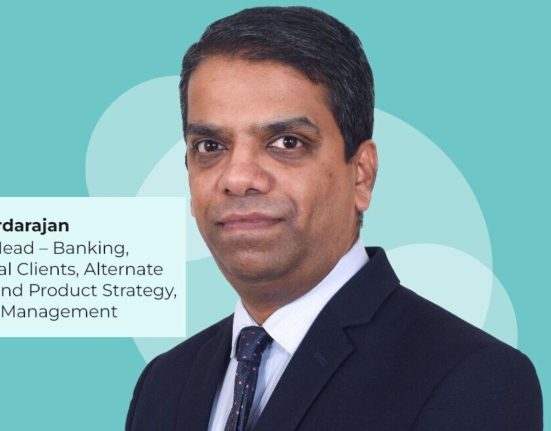Mutual fund houses are now meant to disclose every month the level of liquidity their small and mid-cap schemes enjoy by carrying out what is known as ‘stress test’.
These directions were issued by the Association of Mutual Funds in India (AMFI) in the wake of noticeable froth in the mid and small cap stocks. Prospective investors are, therefore, to be cautioned through these disclosures before they opt for mid and small cap mutual funds to invest their hard-earned money.
This holds a lot of significance when a few fund houses, after witnessing the massive inflow of funds in their schemes, restricted the lumpsum investment in their small cap schemes. Notably, small cap schemes lured too many retail investors because of the high annualised returns they delivered in the past few years, sometimes as high as 70 percent.
Last year, Tata Mutual Fund and Nippon Mutual Fund restricted inflow into their small cap schemes, and early this month, Kotak Mutual Fund introduced similar curbs.
All mutual fund houses are supposed to publish the stress test results on their official portals and on AMFI’s website every month. This reporting commenced for the first time on March 15, 2024.
According to a recent directive from the Association of Mutual Funds in India (AMFI), asset management companies (AMCs) are meant to reveal the stress test results for small and mid-cap schemes by the 15th of each subsequent month, based on the preceding month’s data.
ALSO READ: How top 10 mid-cap mutual funds fare on liquidity stress test
Small & mid cap funds
Mid cap mutual funds refer to the schemes which invest a minimum of 65 percent of their assets in mid cap stocks, while the remaining 35 percent can be invested in other categories i.e., small and large caps, according to the Sebi’s categorisation of mutual fund schemes.
Similarly, small cap mutual funds refer to the schemes which invest a minimum of 65 percent of assets in small cap stocks.
Significance of stress test
The idea behind the stress test is to underscore the illiquidity of stocks in which mutual fund scheme has invested. This is meant to reveal the level of free-float in fund scheme’s portfolio.
Free Float refers to the stocks that are freely available for trading in the stock exchange. Usually, shares owned by retail investors and not under any lock-in are free float.
The data released by mutual fund houses shows that HDFC mid cap fund would take as long as 23 days to redeem 50 percent of its portfolio. The corresponding time of Axis, Kotak and SBI mid cap schemes is 12, 34 and 24 days, respectively.
| Mid-cap schemes | 50% of portfolio (No. of days) |
| HDFC mid-cap | 23 |
| Axis mid-cap | 12 |
| Kotak | 34 |
| SBI Magnum mid-cap | 24 |
| DSP Midcap | 17 |
(Source: AMFI)
When it comes to small cap funds, the risk seems to be even higher. Although some schemes such as Quantum small cap fund would take just one day to redeem its 50 percent of portfolio, there are some riskier schemes such as SBI small cap scheme, which will take as long as two months for the redemption of half of their portfolio.
| Small-cap schemes | 50% of portfolio (No. of days) |
| SBI Small Cap Fund | 60 |
| HDFC Small Cap Fund | 42 |
| Tata Small Cap | 35 |
| Axis Small cap | 28 |
| Kotak SCF | 33 |
| DSP SCF | 32 |
| DSP SCF | 32 |
(Source: AMFI)
Likewise, HDFC small cap fund will take 42 days to redeem 50 percent of portfolio, Tata Small cap will take 35 days and Axis Small Cap will take 28 days and Kotak Small Cap will take 33 days.
Unlock a world of Benefits! From insightful newsletters to real-time stock tracking, breaking news and a personalized newsfeed – it’s all here, just a click away! Login Now!







